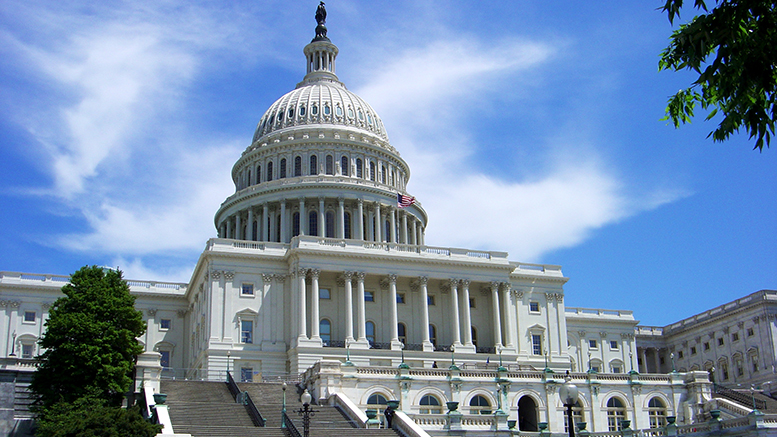Congress’ spending plan to keep the government running through September would also restore year-round Pell grants, which were nixed in 2011 to help curb federal spending.
The provision is expected to provide an estimated 1 million students an additional Pell grant of, on average, $1,650 during the 2017-18 school year. In addition, starting July 1, the maximum Pell amount would increase by $105 to $5,920.
The Senate is expected to consider the bill later this week.
Reinstating year-round Pell, which would again allow students to receive additional Pell funding mainly for summer college programs, was a top legislative priority for the American Association of Community Colleges (AACC) and other college advocates. It also was supported by key lawmakers in Congress, as well as U.S. Education Secretary Betsy DeVos.
“Restoring year-round Pell Grants is a bipartisan, common-sense approach to making college more affordable for hard-working students in Missouri and across the nation,” said Sen. Roy Blunt (Mo.), chairman of the Senate appropriations subcommittee that oversees education funding. “By allowing full- and part-time students to receive an additional Pell Grant during the year, often for a summer session, we’re helping them stay on track for graduation, enter or re-enter the workforce sooner, and graduate with less debt.”
In an email to its member colleges, AACC noted that the spending bill also would allow students who attend part-time or otherwise don’t complete 24 credits in the first two terms of the Pell award year to be eligible for summer Pell.
A workforce issue
AACC and other education advocates have pushed to reinstate year-round Pell since it was eliminated. It was included in last year’s Senate Appropriations Committee bill, but not in the House bill. Last fall, AACC launched a campaign to reinstate year-round Pell (PellYes#).
In March, a Senate appropriations committee held a hearing where community college and business leaders emphasized that year-round Pell would allow workers who are updating their skills to complete a program more quickly.
AACC advocates in action: Join community college leaders in Washington, D.C., June 12-13 to advocate for the federal community college agenda. Register today.
The news about year-round Pell was welcomed at two-year colleges around the country, which were vocal with federal lawmakers about its importance, especially in helping to meet local workforce demands.
Bryan Albrecht, president of Gateway Technical College in Wisconsin and a member of the AACC board of directors, noted that Gateway operates on a tri-semester model, allowing students to complete their degree and enter the workforce earlier than traditional colleges.
“Year-round Pell will provide support their academic and career success,” he said.
Dorey Diab, president of North Central State College in Ohio, emphasized that year-round Pell will help eligible students continue their education through the summer and hasten their progress toward a credential — and save money as a result.
“Research has shown that students who study over the summer persist more and expedite their journey to completion,” Diab said.
Where other programs stand
Despite the good news, the spending bill also would rescind $1.3 billion from the $10.6 billion Pell Grant surplus.
“This diversion of resources from the Pell program is unfortunate, but it was widely expected and given budget constraints and other funding priorities, many feared the reduction would be worse,” AACC said in its memo to members. “Notably, the amount taken is not a cut to the baseline appropriation for the program, and so will not necessarily carry forward into future years.”
Other federal programs important to higher education would see either increases or level-funding under the bill. For example, funding for Federal TRIO Programs would increase by $50 million to $950 million, and GEAR UP would see a $17 million jump to $340 million.
On the U.S. Labor Department side, the bill would level-fund Workforce Innovation and Opportunity Act job training state grants at $2.7 billion, and provide $95 million for apprenticeship grants — an increase of $5 million — to “build on the success of the ApprenticeshipUSA program and continue funding innovative, job-driven approaches that expand apprenticeship programs in high-growth and new industries.”
The bill also would direct the department to give priority to apprenticeship grant applications that engage, recruit and serve women and other under-represented populations, noting that despite women comprising half of the national workforce, they make up less than 10 percent of registered apprentices.

